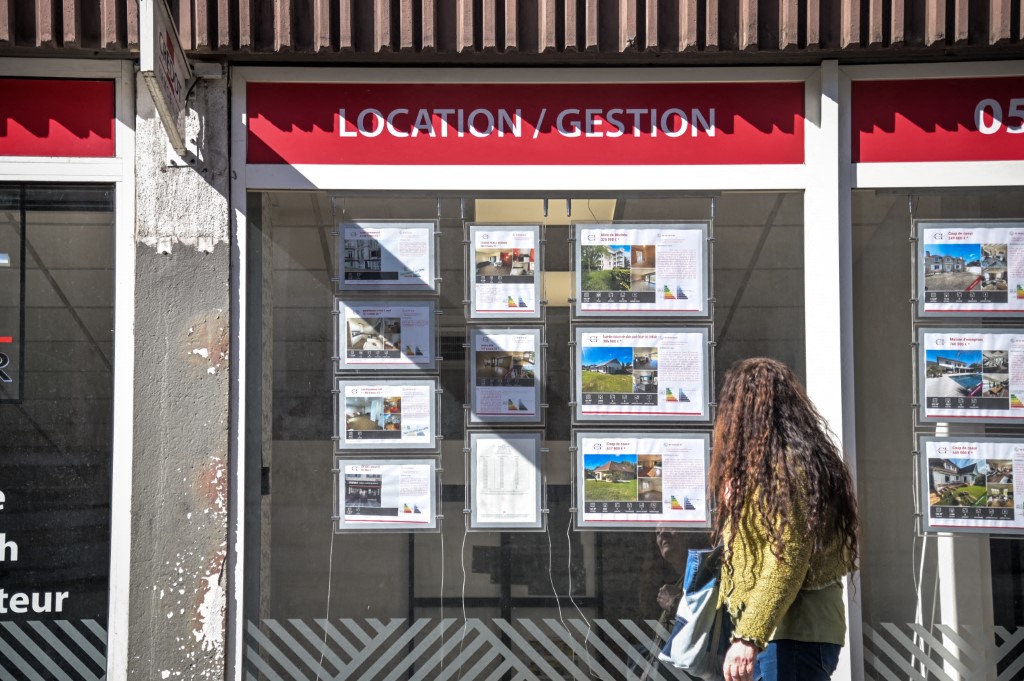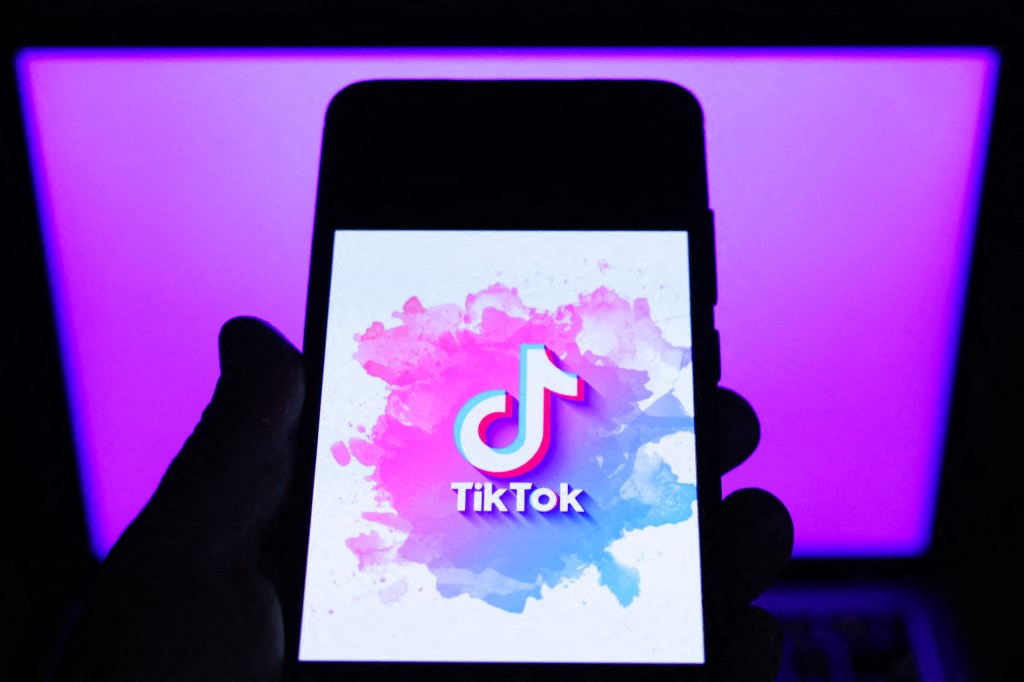In my 13 years of PR experience, the Middle East PR industry has evolved to grow from a handful of fully-fledged agencies a decade and a half ago, to an extensive array of agencies of all shapes, sizes and specialties offering a variety of services. Fifteen years ago the media landscape in the region didn’t really have any true communication agencies. However, since then, the state of play has since undergone a thorough transformation.
The range of specialist communication services on offer today is staggering, with a diverse range of options and approaches available, including PR, marketing communications, social media, experiential marketing and many other innovative communication techniques. This exponential growth is primarily due to an increase in awareness amongst stakeholders of the essential role communication now has for organizations.
When we take stock and consider the where we are today, with advanced communication services that are now very close to or achieving parity with their global counterparts in advanced global economies, the scenario is quite staggering. Development also continues at breakneck pace month-by-month.
Typically, pioneering new waves of innovation within marketing and PR would invariably start in the West and take time to arrive in the Middle East. However, now, our region has moved closer to the epicentre, and is catching up with emerging trends more quickly than ever before.
A new place at the top table
Previously, PR was considered to be a discipline of secondary and unfavourable importance, which was far behind advertising – which was considered a bold and strident discipline that would greatly draw attention to brands and messaging. PR has developed from its previous role as sidekick to become the bridge between branding, visibility and exposure.
With the arrival of 24-hour news cycles and the ability to hold minute-by-minute media updates in the palm of our hands, ineffective PR planning and poor crisis management increasingly impacted on companies’ bottom lines. Through these lessons, organizations began to realize the importance of not only increasing their visibility and exposure, but also influencing people’s perception.
Advertising continues to be an important medium, with an effective campaign able to achieve brand exposure and raise awareness of a number of key messages for a number of demographics. It tends to achieve all of this through an asymmetrical model comprising of a one-way information flow. In comparison, PR, by its very nature, strives for two-way communication with stakeholders. It delves deeper and helps people learn more about the product, influencing their perception and helping them to understand a range of dimensions. While communication has always been important for organizations, the advent of social media has brought businesses closer to audiences. This widespread popularity of social media has increased the importance of PR. In turn, this has also made audiences more cynical, as trust levels of organizations widely deplete around the world.
Modern communication can uncover consumer behaviors along with the reasons for their occurrence. As life has become busy and attention spans shorten, organizations need effective, targeted and brief messages. Enter PR.
At the forefront of change in the media industry is an important and drastic transformation in communication: the development of storytelling and content journalism. These two disciplines have proven to be highly effective in producing messages that relate to the consumer and are key drivers behind PR’s evolution into an important and effective tool.
The evolution of GCC’s communication industry
On a practical level, we have now moved beyond simply faxing press releases and sending CDs holding information. PR strategies of this era would, at their worst, comprise of an unsophisticated shovelling of information towards the media, with the aim of disseminating as much information as possible.
Since what seems like light years ago, there has been a complete transformation in technology, which requires companies to show their relevance and how they relate to consumers. Audiences are picky, savvier and have an abundance of choice available to them that extends across the globe, with a variety of qualities and price points available to them. They want to know why you? Why A not B?
In response, the PR industry has reached a whole new level of development, which requires a carefully crafted strategy for each and every client tailored towards its consumers. To ensure that key strategy objectives are achieved effectively, the essential starting point is research, which in turn ensures that any approach is supported by statistics, facts, and knowledge.
The new core elements of communication campaigns
The core elements now needed to achieve communication objectives are research, auditing, strategy and tactics. Extensive research must be undertaken to discover the best way to tailor communication to each and every audience. This could include more than just press releases; for instance, if data shows that communication through newspapers is not effective, it may be better to reach audiences on the street using a brand outreach approach.
Regardless of the approach, the most important factor of a good communication plan is that tailored distinctly for the client. Deliverables should not just be taken off the shelf and any modern PR plan that takes such an approach would be unsustainable and ineffective.
We are no longer just PR professionals, but rather communication professionals, communication consultants, and communication advisors.
Toward a brave new world
Clients and audiences have become extremely spoiled and it is now tremendously difficult for brands to make themselves heard above the cacophony of advertising, PR and marketing noise.
With this in mind, it has become important to provide the individual with an experience of the product or service in advance. For example, there should be an experiential aspect for getaways and spa treatments, with customers living the experience. This approach represents the next level of communication, with brands touching customers’ senses to trigger a desired response. It is no longer enough to simply have a booth, feature or poster; customers should interact with the product or the experience.
This latest development in the communication industry represents just one path available to the modern communication professional: a tailored approach based on careful research,
The modern Middle Eastern PR industry is now backed by science, analytics, research and development, achieving an advanced state of affairs offering tangible results for clients, through methods and techniques that can hold their best anywhere around the globe.





